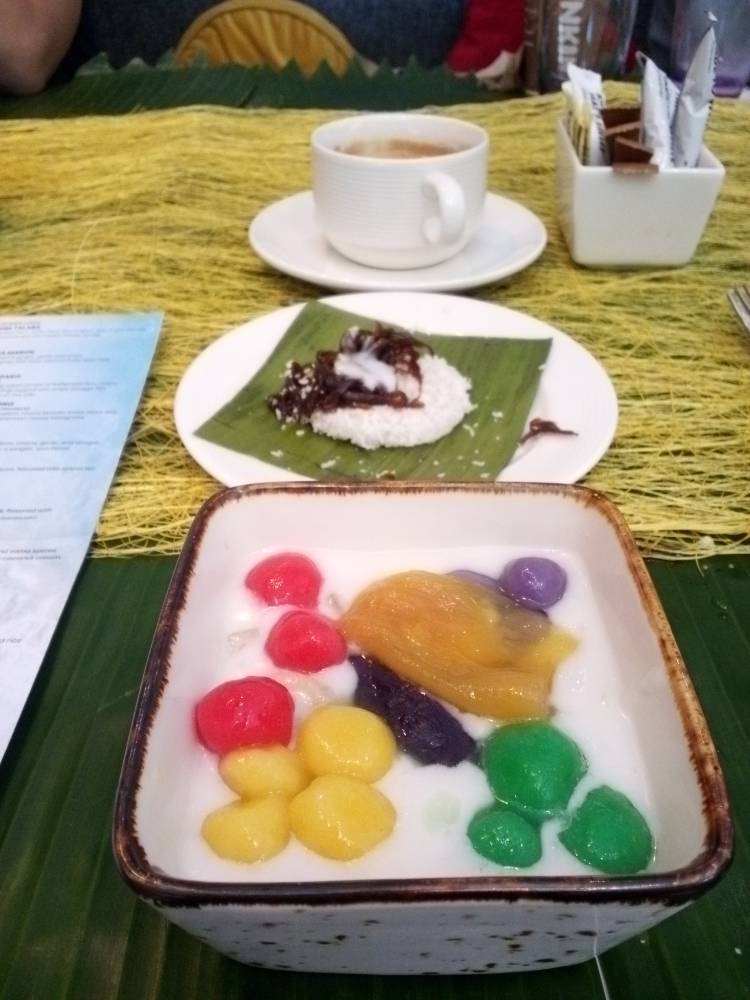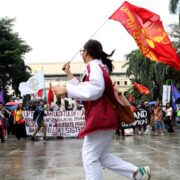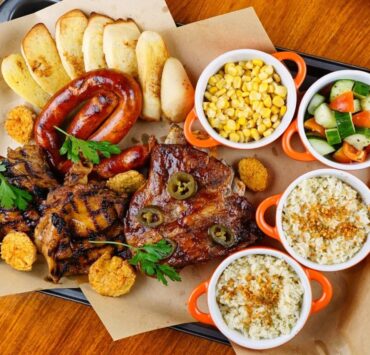Boracay’s flavors come to Manila

I have not been to much-ballyhooed Boracay for some two decades now. I am sure the famous island is much changed, with all those high-end beach resorts: During the 1990s, in the heyday of the SuperFerry, I would visit Boracay from time to time. Even then it was already fast gaining an international reputation.
The first time I went to Boracay was during the early 1990s, in the company of friend-colleague Nestor Torre (may he rest in peace), who was a real foodie. There were many restaurants catering to foreign taste, and Nestor was critical about the food. The bouillabaisse (fish soup) did not come up to his standards. Duh.
For Filipino taste, what was popular then and still popular now? A glance at Google informs us that Filipino favorites are not much different from the rest of the country: chicken feet (“adidas”), pork barbecue, toasted corn on the cob, isaw (intestines) and balut. That there is Pinoy comfort food like sinigang, adobo, bulalo and fresh seafood.
These dishes are all part of our daily menu. But wait, there is one food item which is distinctly Aklanon: inubarang, native chicken with ubod ng saging (heart of banana stalk) and coconut milk.
Visayan feast
Flash-forward to 2024.
All this came to mind with the recent food event, “Boracay Island Flavors,” held at Savoy Hotel Manila in Villamor Complex, Pasay City, for the delectation of the media.
The dining space at the plush hotel was broken up into three tables filled with the media and some hotel officials who attended to them, including general manager Den Navarro and marketing director Thessa De la Paz. Then the waiters came in, and with a flourish carefully placed on each table two rectangular wooden plates which contained all of the major dishes, wrapped in banana leaves.
Then it was all systems go for the feast; one began with the appetizers. There was the soup, binakol na manok, or chicken sautéed in ginger, garlic and onions spiced up with lemongrass and fresh coconut juice and meat. Tempting were the baked oysters from New Washington (trivia: hometown of Jaime Cardinal Sin), Aklan, with mozzarella and cheese on top.
There were two more choices for appetizers. Ensaladang pako, crisp salad consisting of fern, cherry tomato and sliced onion rings with crispy danggit (my favorite for breakfast, fish from the Visayan seas). To heighten flavor, this was dipped into the calamansi vinaigrette. And don’t forget the alugbati and kesong puti (white cheese), with dalandan-honey vinaigrette on the side.
Now we were ready for the main course, in any order.
You can start with tinumis, or sautéed pork with fresh tomatoes, onions, garlic and vinegar with pureé for a tangy soup flavor. Beef kansi is tender beef shank, again with a tangy sauce, flavored with spices like lemongrass, ginger and anatto.
‘Inubarang manok’
Ah, now we have here the inubarang manok mentioned earlier. “It is native chicken cooked slowly in coconut milk,” said chef Nicks Valmeo of Savoy Boracay. “We flavor with lemongrass and ginger and add ubod, which is abundant in Aklan.”
Tinumkan linapay is freshwater shrimp (ulang) flavored with coconut meat, ginger and some spices, wrapped in taro leaves and simmered in coconut cream. Chori pasta is Pinoy-style spaghetti with a twist, with native sausages on top.
The last item on the main course was Pansit Bisaya, which is, said chef Kit Carpio of Savoy Manila, “a famous noodle recipe in Western Visayas, a mix of egg and rice noodles with seafood, pork and chorizo.”

Now, if there’s still space in your stomach, help yourself to native snacks for dessert such as inday-inday, palitaw with bokayo and coconut sauce; eangkoga, the Aklanon version of bilo-bilo (rice cake); and mango Graham shake, mango with coconut and Graham topped by whipped cream.
Like the Ilocanos and Pampangos, the Visayans are known for their mouthwatering cuisine. The food prepared that day by the two chefs was nothing like I have ever tasted before during visits to Kalibo, Aklan, and Boracay. I’m sure my colleagues felt the same way.

















